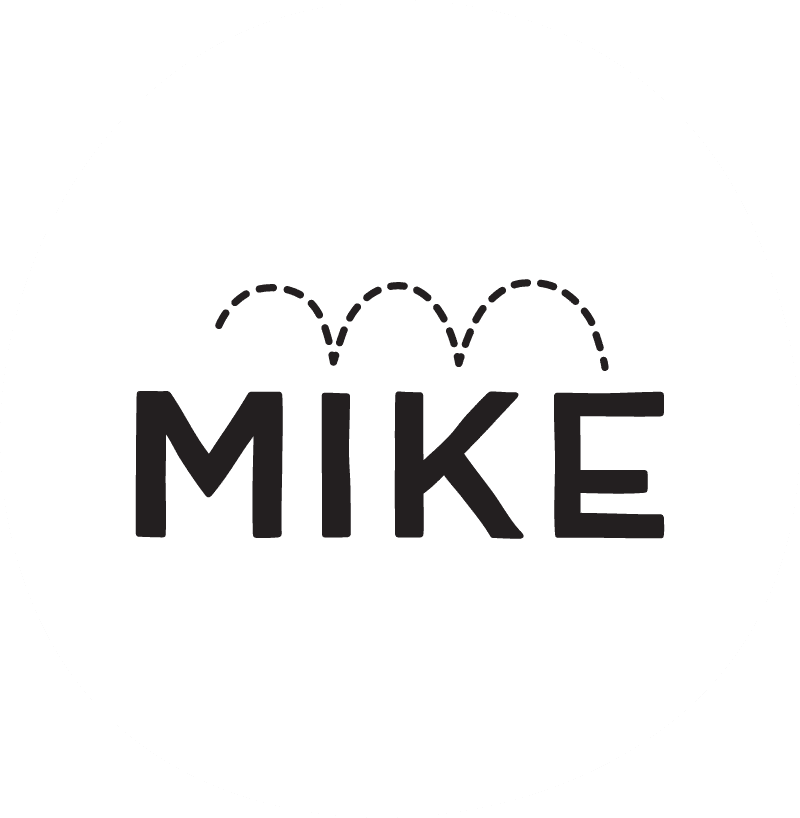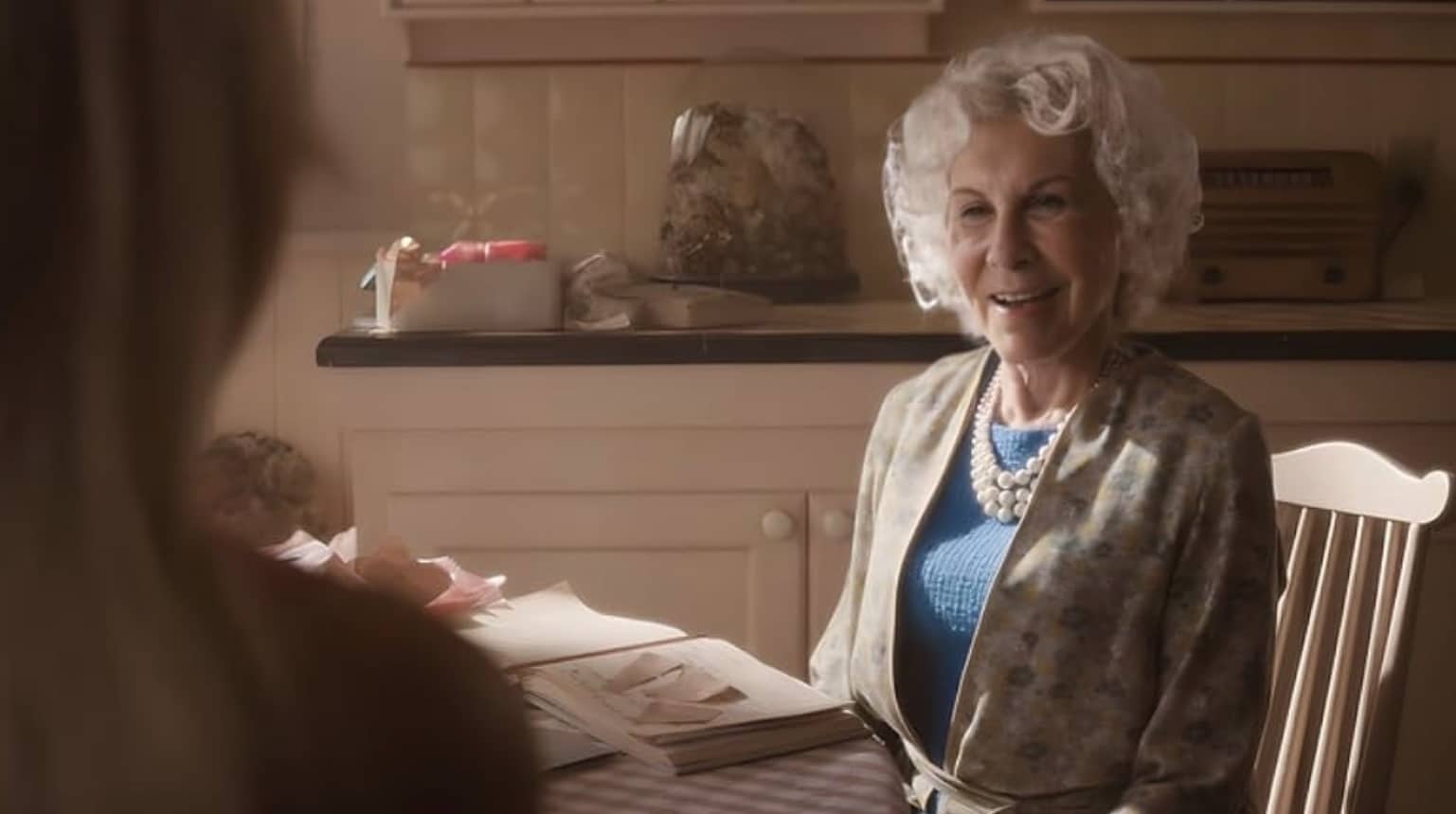
Rhea Perlman in “Barbie” | Image credit: Warner Bros, via YouTu.be
"Humans only have one ending. Ideas live forever." - Rhea Perlman playing Ruth Handler, Barbie Creator.
2023 has delivered some exceptional examples of brands pushing boundaries to tell compelling stories that not only deepen the connection with their audience, but further their vision & mission. Branded entertainment is reaching a level of sophistication that sees it plausibly going head to head with traditional entertainment content, and we’re here for it!
Someone once said that all companies are tech companies. Well, we would argue that all companies are story-telling, content companies. For brands who have taken the plunge into branded entertainment successfully, content isn’t an output of their marketing team’s content strategy; the content is the product. It’s part of their core offering. We are regularly inspired and impressed by brands engaging audiences by venturing beyond their latest sneaker, smartphone or surfboard, and into the world of impact, education, and entertainment.
So – how does a brand create authentically entertaining entertainment? What are the factors that separate the genuinely great content from the transparent and contrived marketing fluff?
We’ve tried to distil some key principles.
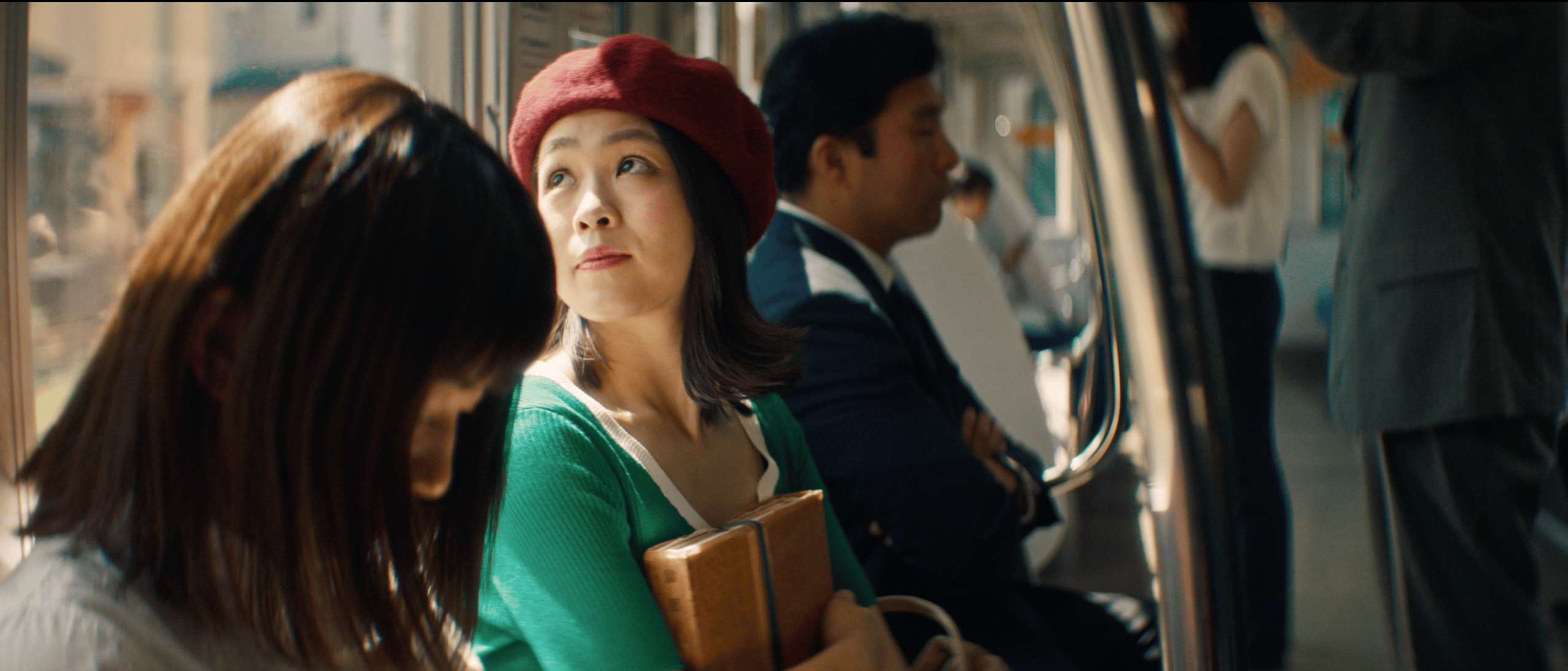
1. Know your brand. And your audience.
Understanding your brand and, most importantly, your brand’s audience is table stakes these days. However, to develop truly entertaining content, you have to go deeper than a brand positioning strategy; there is a profound level of understanding, insight, and authentic intention required to hone in on a truly memorable and impactful story.
We encourage brands to ask, where is the human story in my company? At the core of this lies a simple premise: Be human. Be you. After all, what is a company but a group of real people pushing towards the same goal? Who are you as a group of people? What are you interested in? What matters to you? What would make you stop your scroll, or end your hunt for tonight’s home entertainment? What story would you be able to effectively tell?
Sometimes it’s as simple as discovering the story of a single, special customer. Sometimes, it’s as vast and complex as a Hollywood blockbuster. Look beyond the usual suspects for inspiration. Speak directly to your audience. Understand their concerns and interests. What makes them excited or engaged? What content do they gravitate towards? How does this intersect with your team’s humanity, missions, goals, interests and storytelling capabilities?
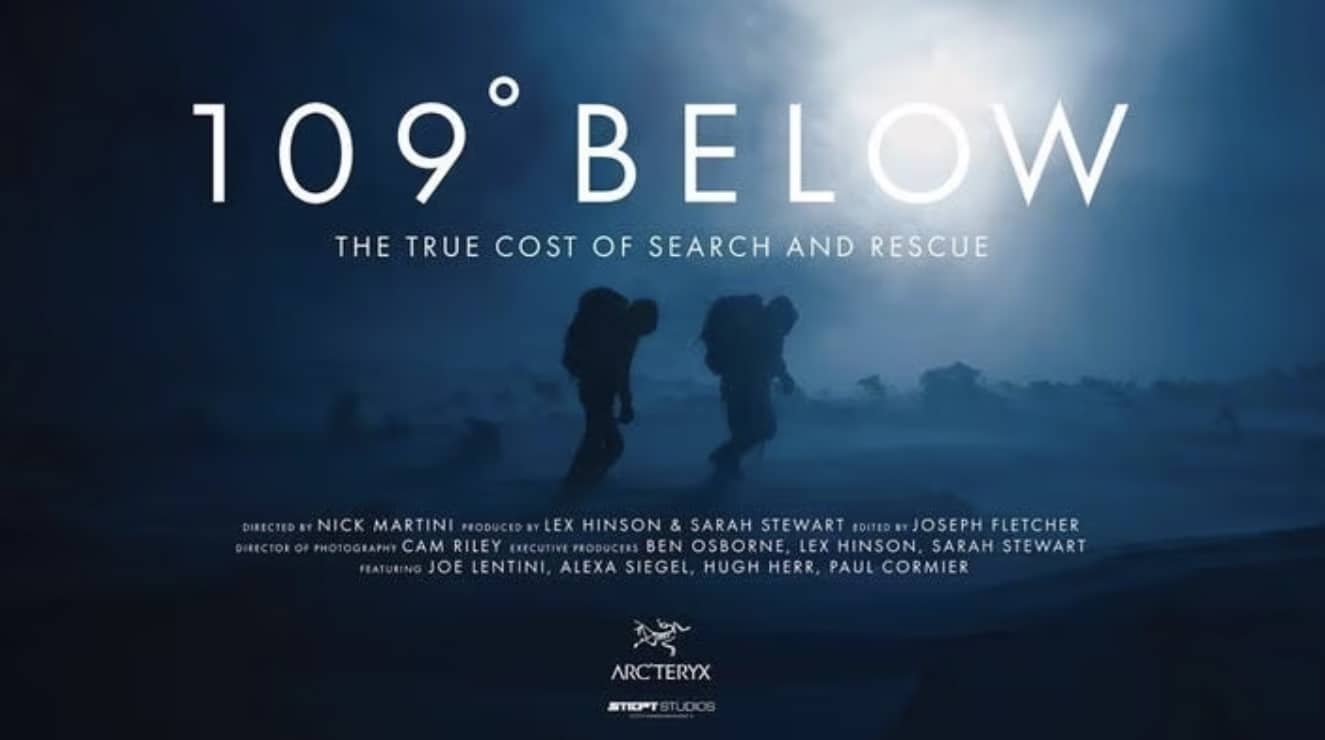
Image credit: 109 Degrees Below, Arc’teryx
2. Find your vision
Amazing branded entertainment is often the result of a CMO or Creative Director stepping out of their comfort zone to see a vision realized. It takes courage to break new ground, and trust is crucial. Working with a Director to push boundaries can be a daunting prospect for the most seasoned marketer but, when the magic happens, these trailblazers are creating a blueprint that sets the stage for others to follow, elevating the playing field for us all.
Vision doesn’t need to be the gestalt of a creative genius. It doesn’t need to be out of left field. Many great creative ideas are in the domain of the obvious but, in the hands of inspired creatives, can be formed into something truly connective and memorable.
In the case of 109 Below, the brainchild of Australian outdoor-wear company Arc’teryx, the vision was to follow the story of an attempted rescue on Mount Washington in 1982, and how the lives of both the rescuers and the rescued were changed forever. Another idea brilliantly executed is Nike’s Air, directed by Ben Affleck and written by Alex Convery, sharing the legendary story of how Nike brokered a deal with a rookie who went on to become the greatest of all time, the inimitable Michael Jordan. You may not need to look further than the stories emerging from your own company to find a nugget of something that truly resonates.

Image credit: Keith McCarthy, Director
3. Write an inspiring brief
What does it mean to write a good brief? According to award-winning director Keith McCarthy, “A good brief is one that feels like it’s come from a human.” A blithe thought on first impressions, but what Keith is touching on here is that a good brief is an invitation to expand on a clear, well conceived idea that emerged from the brain of a highly attuned human being or beings; Not the product of marketing analytics, or a series of boardroom meetings, or a political effort to make sure everyone has had their say. McCarthy believes that a good brief essentially says, “We have these building blocks of a good idea. We have clarity in what we’re trying to achieve. We’d like you to help us make it better.”
Importantly, a good brief creates constraints. A canvas to paint within. Without constraints, nurturing a good idea into a cohesive finished product can become labyrinthine. Yahoo! CEO Marissa Mayer said “Constraints shape and focus problems, and provide clear challenges to overcome as well as inspiration. Creativity loves constraints, but they must be balanced with a healthy disregard for the impossible.”
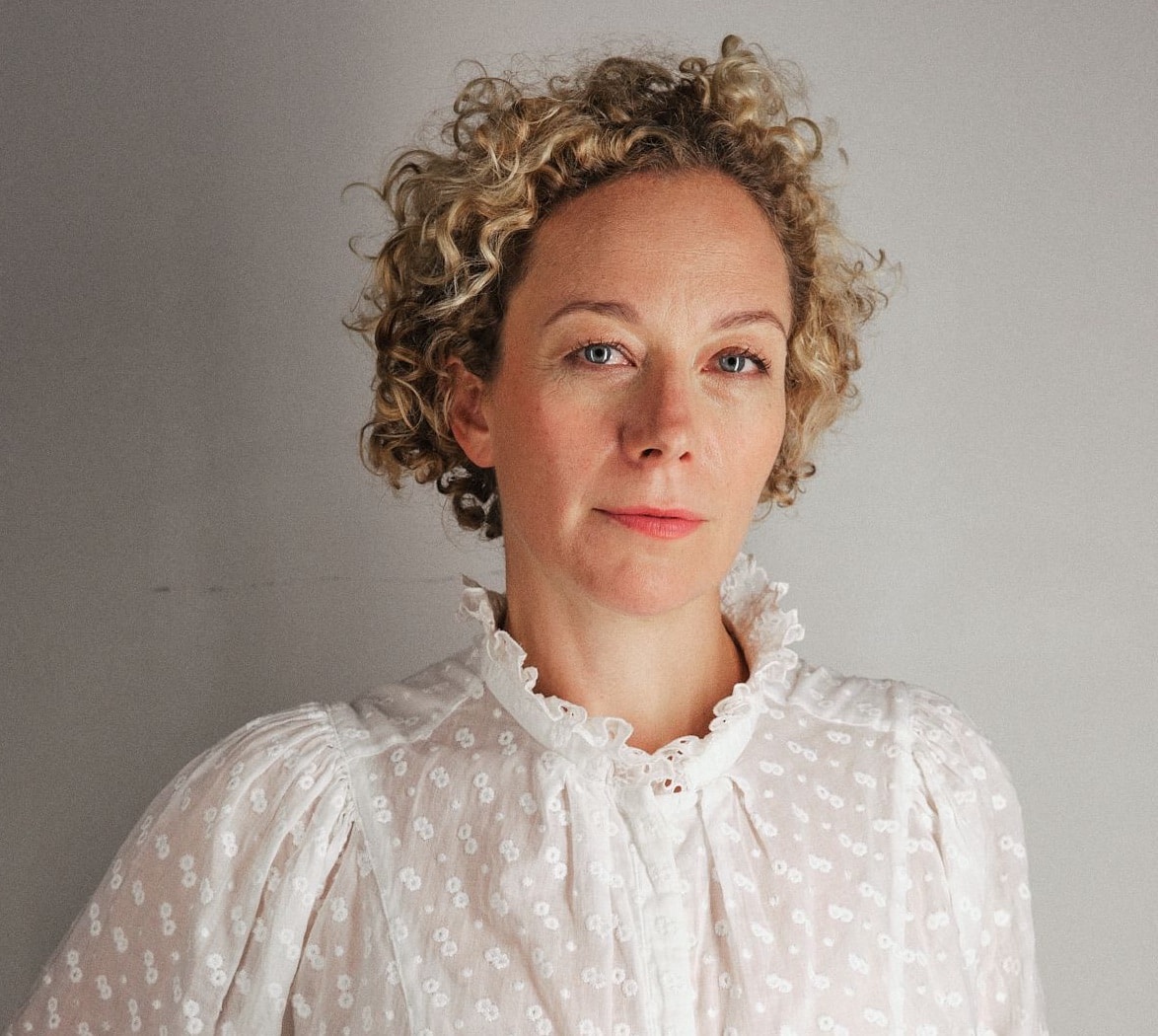
Image credit: Kate Morrison, Google
4. Assemble a brilliant team
The most important skill you are looking for in your team is storytelling ability. Lisa Cron, author of “Wired for Story: The Writer’s Guide to Using Brain Science to Hook Readers from the Very First Sentence,” says that storytelling was as important an evolution as opposable thumbs. “When you’re lost in a good story, it’s not arbitrary, it’s not pleasure for pleasure’s sake. It’s biological, it’s chemical, it’s a survival mechanism,” she said. Some of us are innate storytellers, while for others it’s a learned skill. There is no shortcut to acquiring this craft, yet many storytellers who are in their prime are more moved by an idea than a fat paycheck.
It can take many hard-fought years to create a network of talented storytellers, along with the technical talent that can translate a vision into glowing reality. For a brand to build such a network is a huge ask. Thankfully there are production companies out there who have the network, the pull, and the gravitas to grab the attention of brilliant talent. Working with an accomplished production partner can be a make-or-break for bringing a brilliant idea to fruition. As Kate Morrison of Google said in her Creator Spotlight, “Producers are the humans who help shape the journey from the theoretical to the actual.”
That said, great ideas can come from anywhere. Some truly brilliant ideas die in the minds of the timid and unsure. Create an environment where everybody’s ideas can be heard and evaluated. While democratically created content rarely cuts an impressive figure, we must allow many voices to be heard. A diverse team where all voices are heard can be a rich source of great ideas.

5. Trust the process
Entrusting your vision to your team and letting them run with the idea requires a certain amount of faith. Nothing stifles creativity more than someone looking over your shoulder. Moreover, if the brief is weighed down with specifics and goals that must be hit, then you can poison the creative well. John Lennon once said “Creativity is a gift; it doesn’t come through if the air is cluttered”. We’ve written previously about how creativity is chaotic, needs lots of space, and almost never moves in a linear fashion.
The idea may have been your baby, but your team must be trusted to nurture it into something great. As Maya Angelou said, “If you are always trying to be normal, you will never know how amazing you can be.”
Expanding on this notion, a truism across the creative world is “a friend to all is a friend to none”, or as Jesssica Walsh of Sagmeister & Walsh more plainly states it, “If no-one hates it, no-one really loves it.” Don’t be afraid to explore the edges. Sometimes outlandish ideas can be the most resonant. Sometimes you can light up a brand new audience. Don’t miss an opportunity to create something truly different and new.
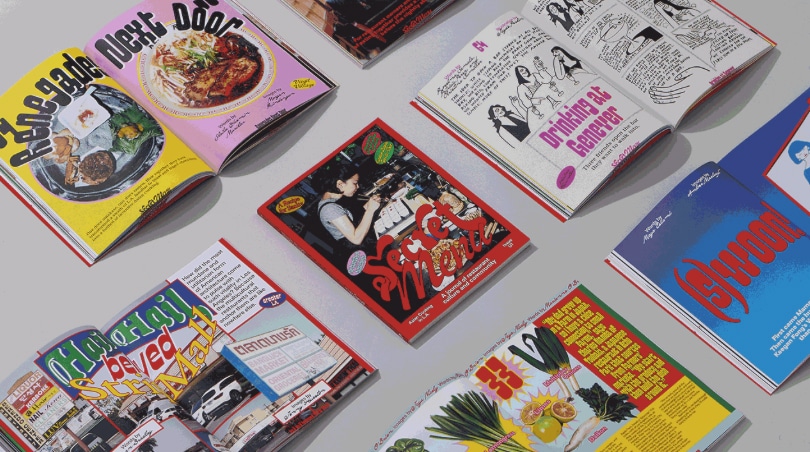
Image credit: Secret Menu Magazine, DoorDash
6. It’s ok to have a smaller budget than Mattel
Barbie, originally estimated at $100 million, allegedly ended up costing Mattel closer to $145 million. They smashed it out of the park, but it was a bit of a wild gamble that could have gone a different way if it wasn’t for the brilliant talent, humour, and a core idea with universal appeal.
The good news is that there are plenty of ways to generate fantastic branded entertainment that don’t cost $100m. The art is storytelling, and stories can take many shapes. Not everyone needs to create a Hollywood film; Doordash’s award winning in-house agency created the Secret Menu Magazine, shining light on the restaurant workers bringing each city its unique flavour. Patagonia created the Roaring Journals, a series of short films, podcasts and articles focused on brave adventurers.
One certainty is that high quality storytelling is becoming an ever more vital piece of a brand’s success, and we can’t wait to see where brands and their creative teams take us in 2024.
